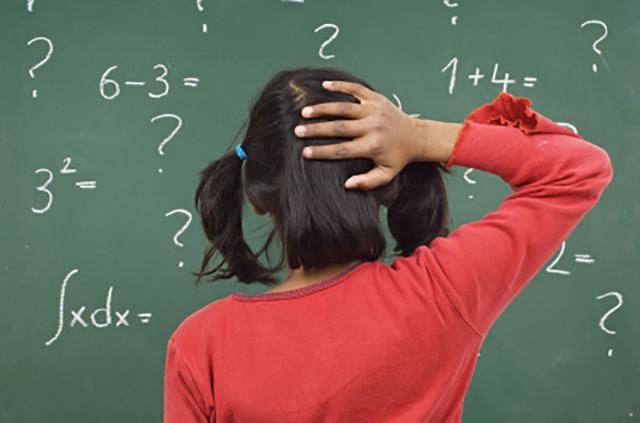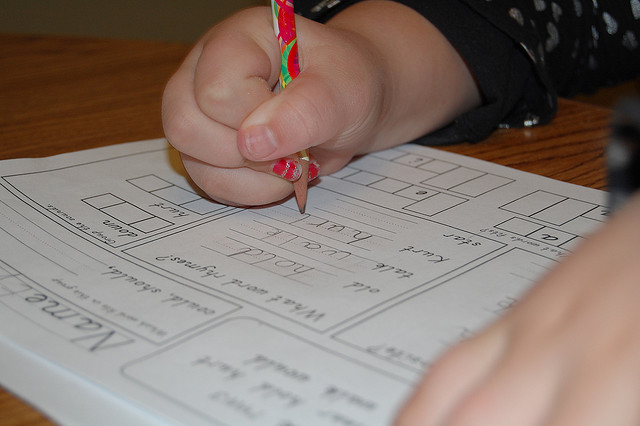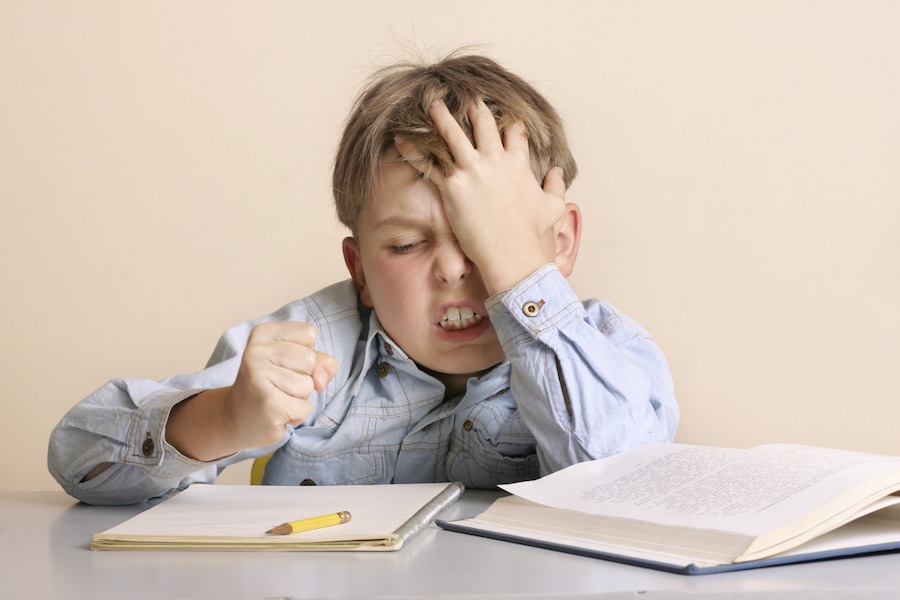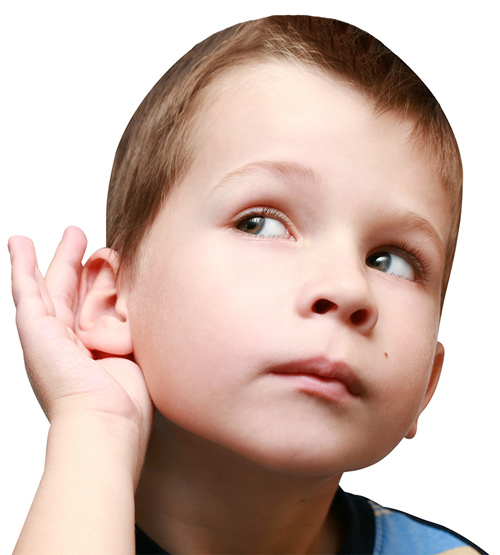We’ve been raised in a culture that denies any possible problem with our kids out of fear of being labeled as “motakhalef” or an outcast.
Learning difficulties are very common, but we just fail to recognize them and end up diminishing kids’ self-confidence by treating them like they’re lazy or incompetent.
The sooner we realize that children have some sort of learning difficulty, the easier and faster it is to treat.
There are several centres in Cairo that help treat children with learning difficulties through exercises, activities and tested methods, such as Effective Learning Foundation and Learning Research Centre in Maadi.
It is not shameful to acknowledge your child has a problem, and it doesn’t mean your child is stupid, it just means that where the normal brain is automated to do a certain thing, your child needs to learn it manually.
A learning disability is not a problem with intelligence or motivation. Kids with learning disabilities aren’t lazy or stupid, most are just as smart as everyone else. Their brains are simply wired differently, affecting how they receive and process information.
Children and adults with learning disabilities see, hear and understand things differently. This can lead to trouble with learning new information and skills and putting them to use. The most common types of learning disabilities involve problems with reading, writing, math, reasoning, listening and speaking.
Children with learning difficulties face trouble in and out of school, being expected to do basic things such as read, write or solve, or even something as simple as holding a pen when their brain does not how to do it. With the right guidance and practice, the frustration and low self-esteem can be repaired along with the physical difficulties, according to how severe it is and how soon it was treated.
Forget about society and the fear of your children being an outcast and think of the benefits instead.
Here are some of the most common learning difficulties and how to spot them:
Dyslexia

Dyslexia is a learning disorder associated with people who have difficulty in learning to read or interpret words, letters and other symbols.
Dyslexia does not affect the general intelligence of the human brain. One of my dyslexic students once told me that he was going to be a scientist because he was just as smart as Albert Einstein, who also suffered from Dyslexia.
There are visible signs that can help you identify Dyslexia from an early age; these signs include:
- Delay in speech compared to kids their age
- Difficulty in pronouncing words and swapping letters – for example, saying “mawn lower” instead of “lawn mower”
- Difficulty learning the alphabet, names of shapes, colours and remembering common nursery rhymes
- Making common reading and writing mistakes, such as letter reversals with “b” and “d” – “day” can be pronounced “bay” or “bed” can be written as “deb”
- Having trouble with rhyming words – unable to find rhyming words for “boy”, such as “toy” and “joy”
Dyscalculia

Dyscalculia is a brain-based condition that makes it difficult for those suffering from it to understand numbers and therefore affects many different areas of math learning and performance.
The most common problem is with making sense of numbers, understanding how numbers work and how to compare and estimate quantities on a number line. Most researchers agree that number sense is at the core of math learning. If kids don’t understand the basics about how numbers work, learning math and using it every day can be very frustrating.
Signs and symptoms of people suffering from Dyscalculia, which is more commonly known as Mathematics Dyslexia, are:
- Difficulty counting objects
- Difficulty counting backwards
- Poor sense of number and estimation
- Difficulty in remembering rules and applying it in mathematical problems
Dysgraphia

Dysgraphia is a condition that affects the writing process. The most obvious sign is usually visible in the handwriting, but it also affects spelling and basic writing tasks as dysgraphia leads to difficulty of expressing thoughts into writing.
Most children have difficulty even holding a pencil, or even writing their names, but here are the most obvious signs:
- Difficulty holding a pencil correctly, tracing, using a pair of scissors or tying shoe laces
- Difficulty following instructions, especially if they consist of more than one instruction
- Difficulty writing on the line and inside margins
- Copies texts slowly
- Difficulty in understanding spelling rules and identifying misspelled words
Dyspraxia

Dyspraxia is a a developmental disorder of the brain causing difficulty in activities requiring coordination and movement. Dyspraxia leads to problems with fine and gross motor skills according to severity.
The most common signs and symptoms of children with Dyspraxia are:
- High level of motor activity even when seated (feet tapping or legs swinging)
- High level of excitability with shrieking and screaming loudly
- Avoids toys such as Lego as Jigsaw puzzles
- Constantly bumping into objects or tripping over
- No sense of danger, such as jumping from high places
- Hands flap when running
Dysphasia

Dysphasia, often refered to as aphasia, is a kind of speech disorder where there is impairment in the power of expression by speech or writing as well as comprehension of spoken or written language.
The most common signs of Dysphasia are:
- Difficulty speaking
- Difficulty in finding the right word
- Difficulty in comprehending what is being said to them
- Difficulty in following instructions
- Very low level of vocabulary
- Repeating sentences over and over again
- Leaving words out of sentences when speaking
Attention Deficit Disorder (ADD)/ Attention Deficit Hyperactivity Disorder (ADHD)

ADD and ADHD arre one of the most common childhood disorders that can continue through adolescence and adulthood. People suffering from ADD/ADHD have trouble paying attention, staying focused and are usually hyperactive.
The most common signs of ADD/ADHD are:
- Easily distracted and forgets things easily
- Having difficulty focusing on one thing
- Bored easily and loses interest in tasks after a few minutes
- Having trouble completing tasks or assignments
- Daydreaming
- Difficulty in following instructions
- Fidgeting
- Impatient
- Constantly moving around
Auditory Processing Disorder (APD)

APD, also known as central auditory processing disorder (CAPD), is a hearing problem where the brain and ears don’t fully coordinate. This leads to children unable to process what they hear in the same way other kids do, as their brains don’t hear sounds in the same way.
The most common signs of APD are:
- Difficulty understanding where a sound is coming from
- Difficulty identifying which sound comes before the other in a word and therefore affecting reading and spelling
- Difficulty in understanding speech
- Difficulty in following instructions
Visual Processing Disorder (VPD)

Visual Processing Disorders refer to the inability to make sense of information taken in through the eyes. This isn’t the same as problems with eyesight or sharpness of vision because visual processing affects how visual information is processed and interpreted by the brain.
The most common signs of Visual Processing Disorders are:
- Difficulty in focusing on visual tasks
- Lack of interest in movies or television
- Difficulty in copying text
- Reversing or misreading of letters, words and numbers
- Difficulty spelling familiar words with irregular spelling patterns
- Difficulty remembering phone numbers
- Bumping into objects
WE SAID THIS: Don’t miss How Much Are You Paying For Your Child’s Private Education?


